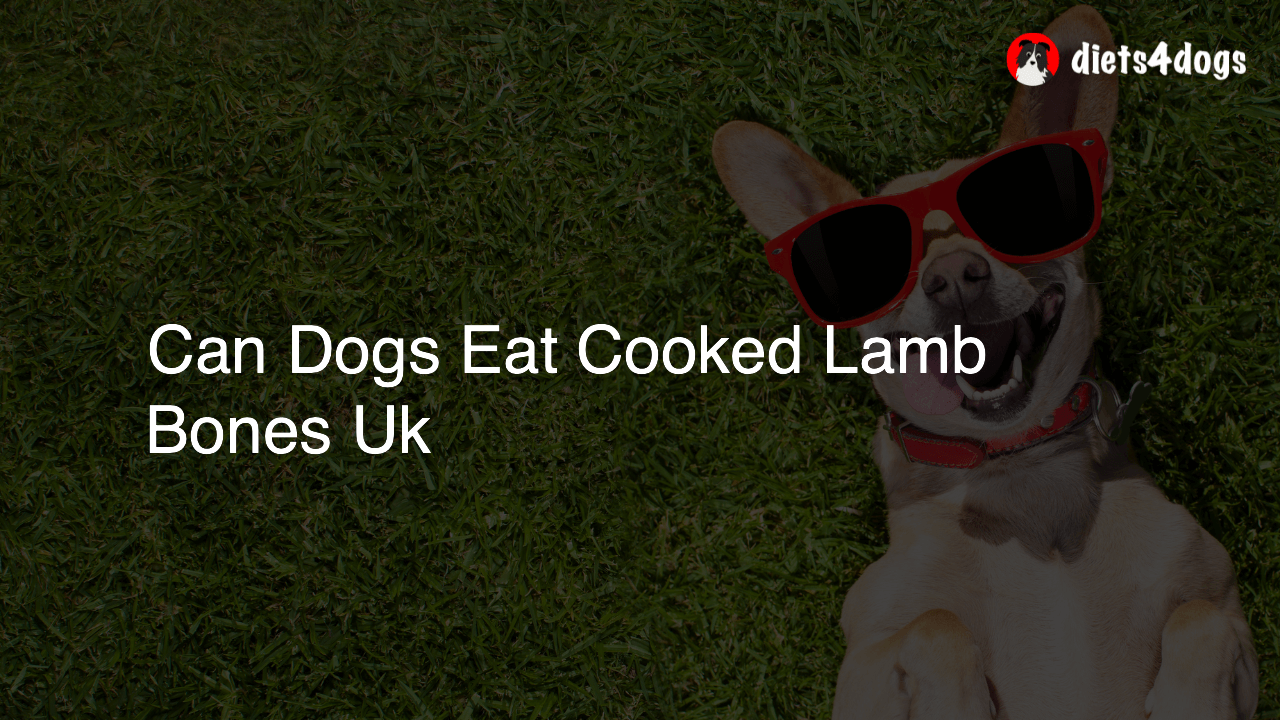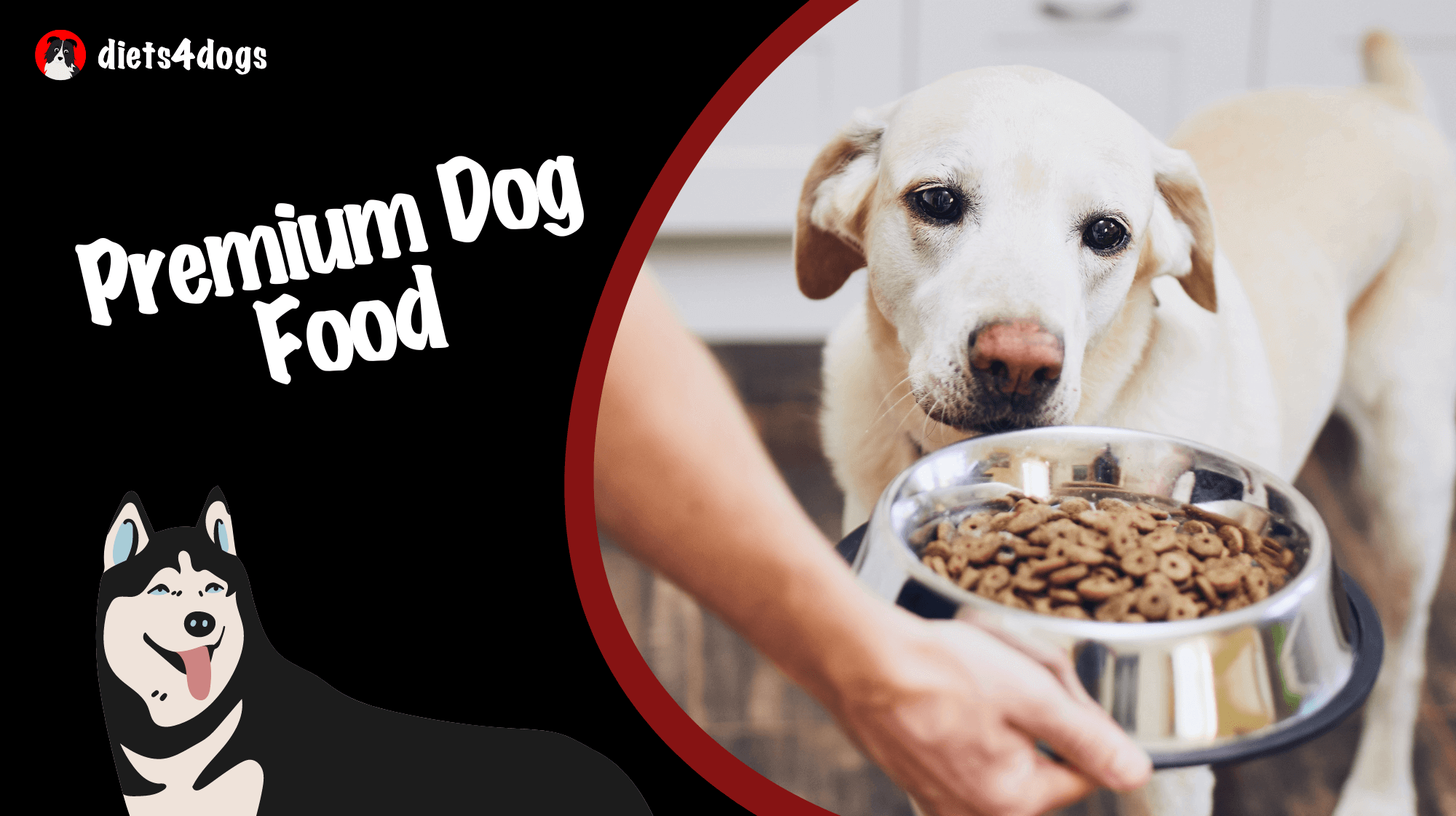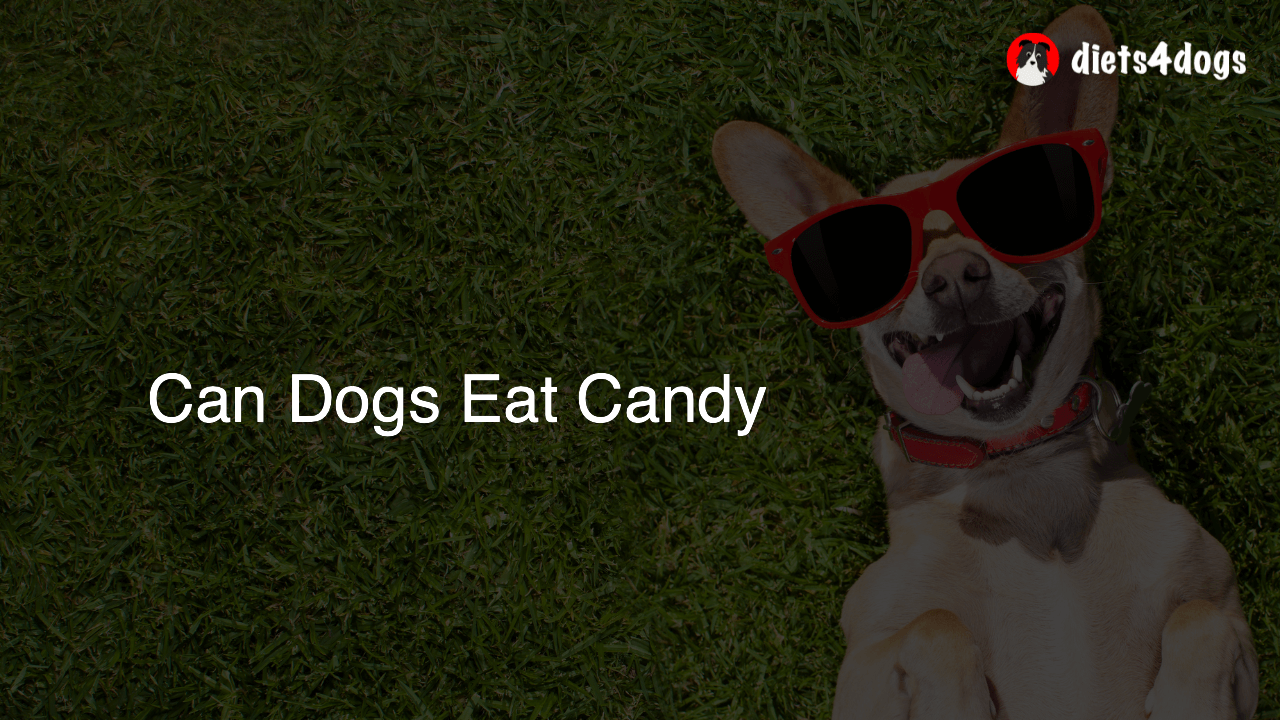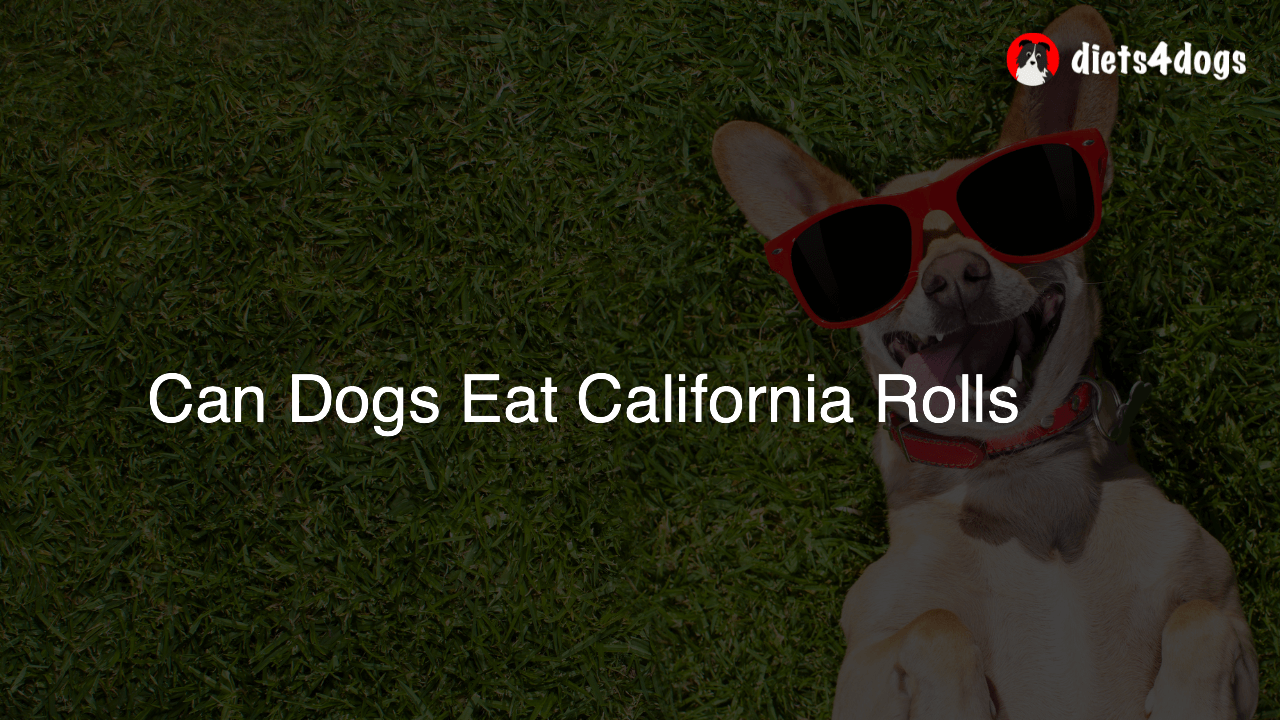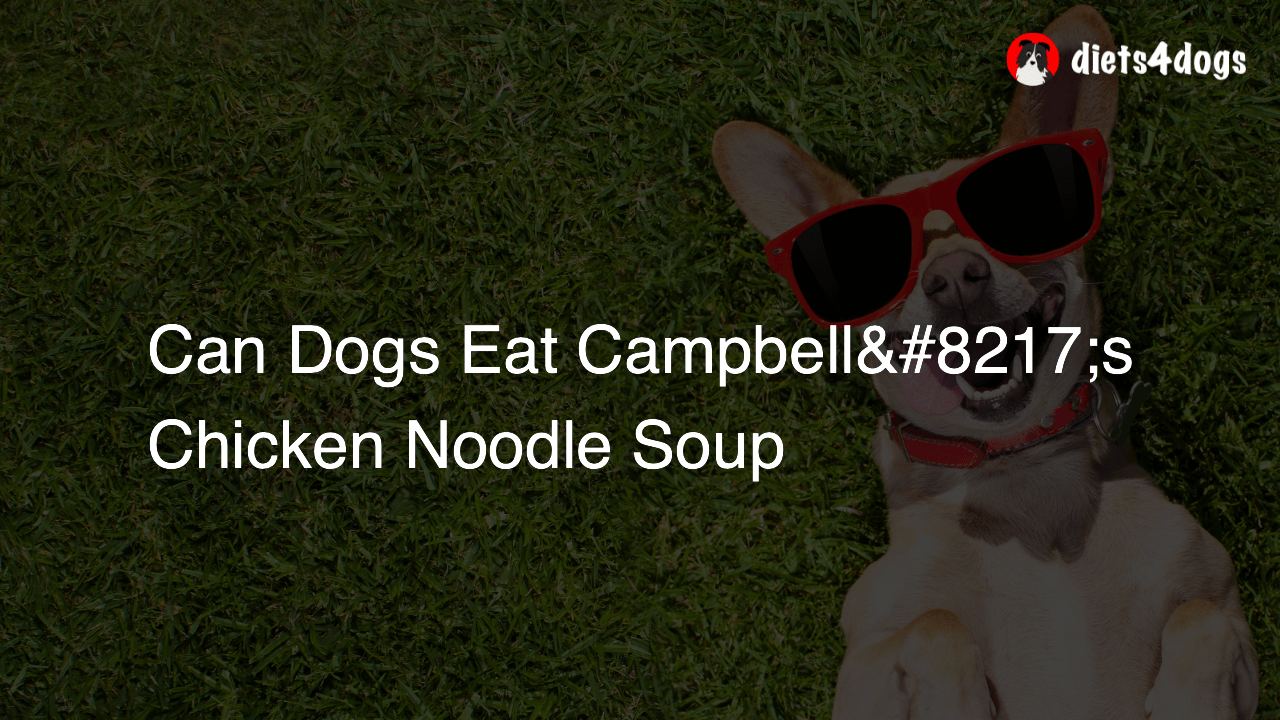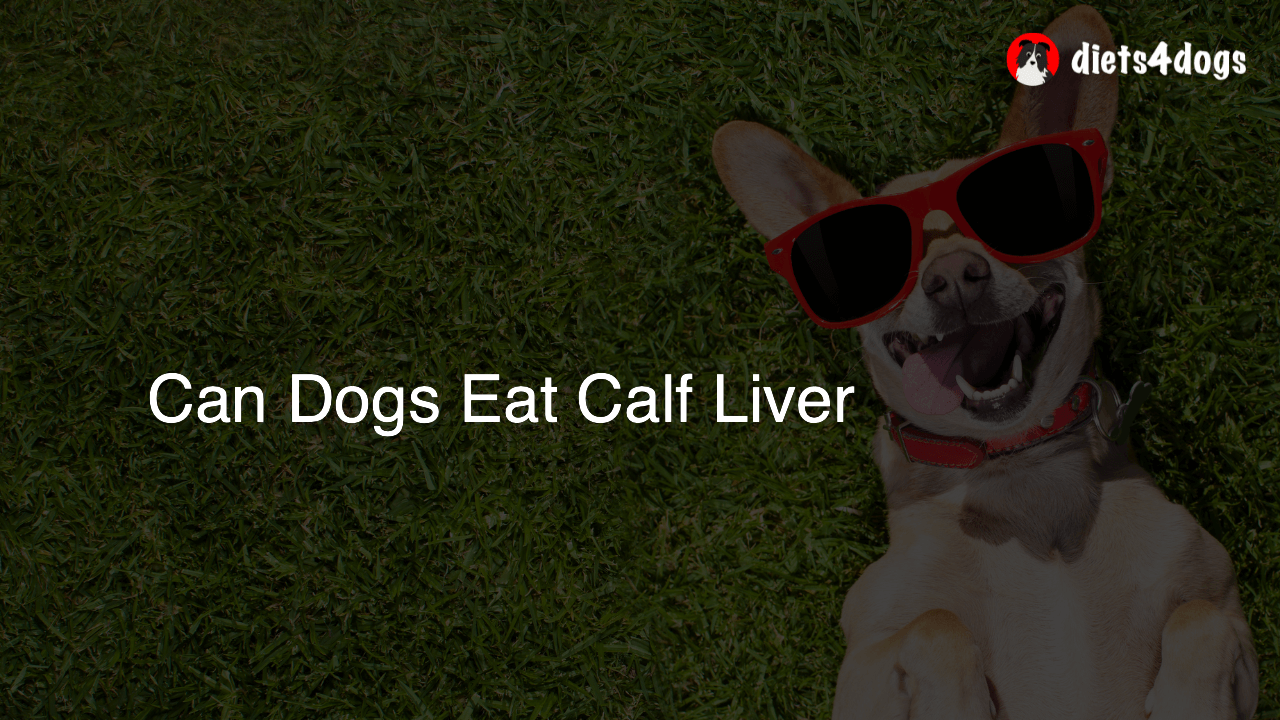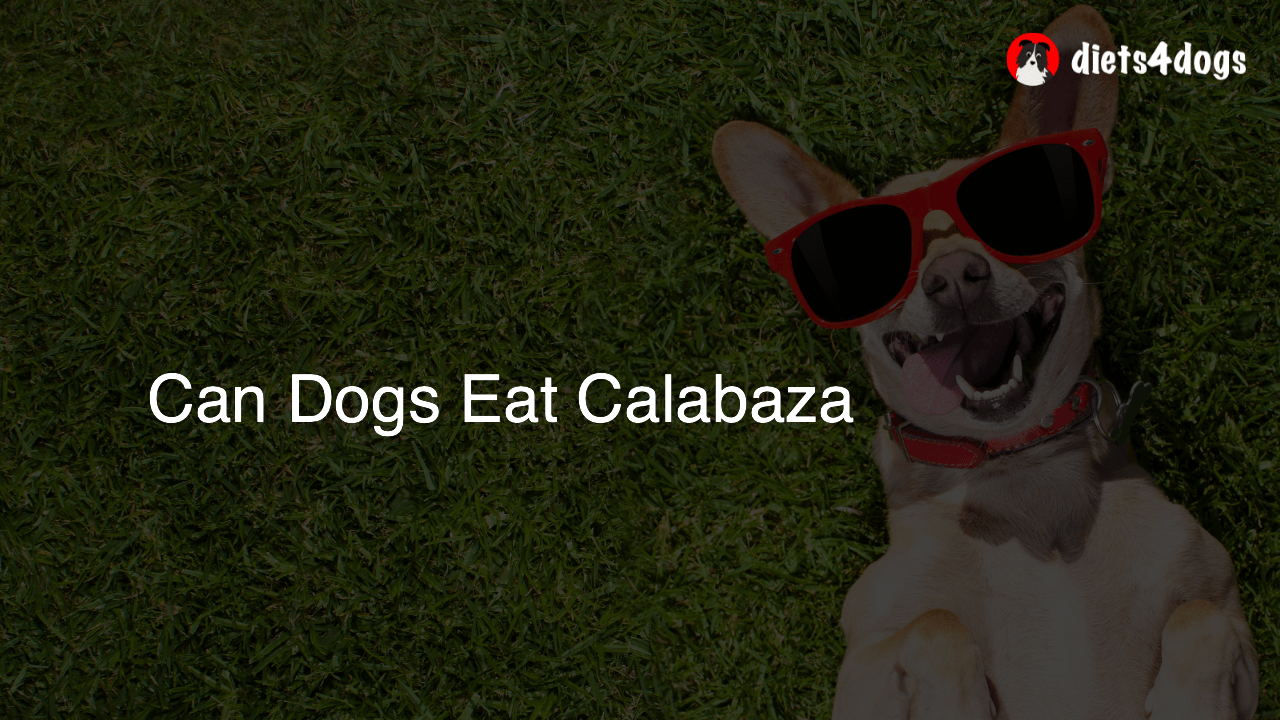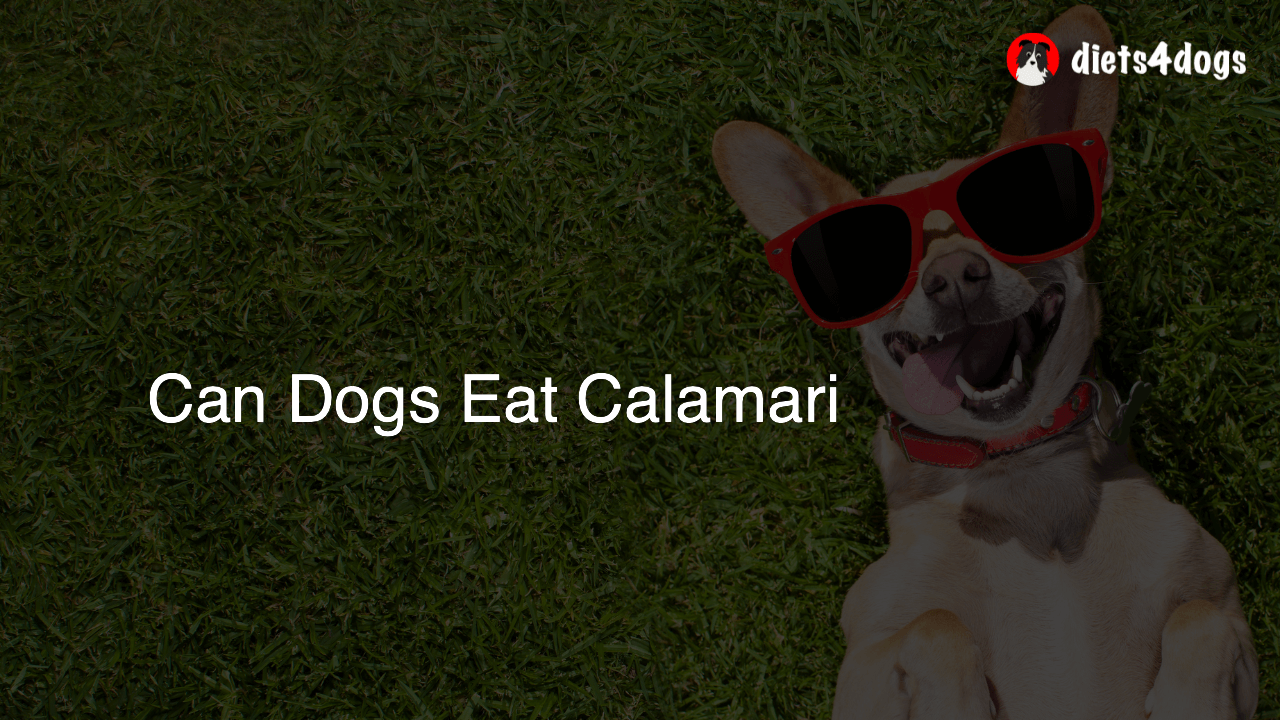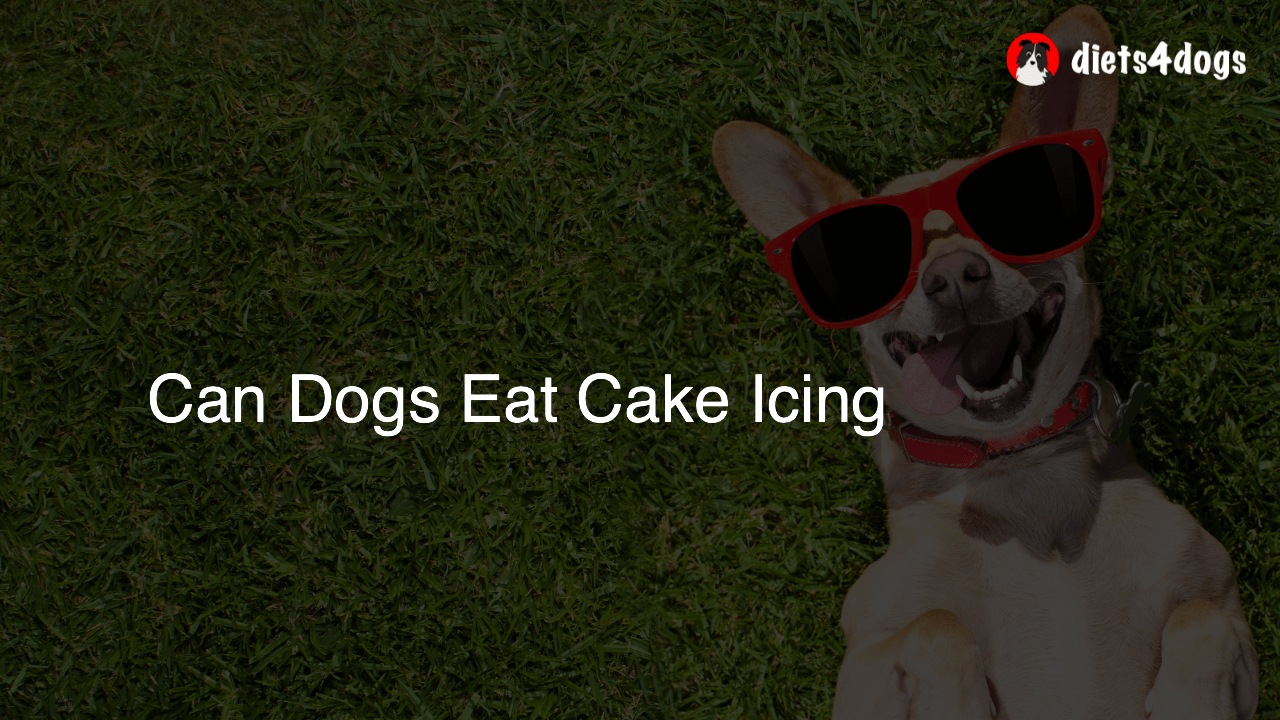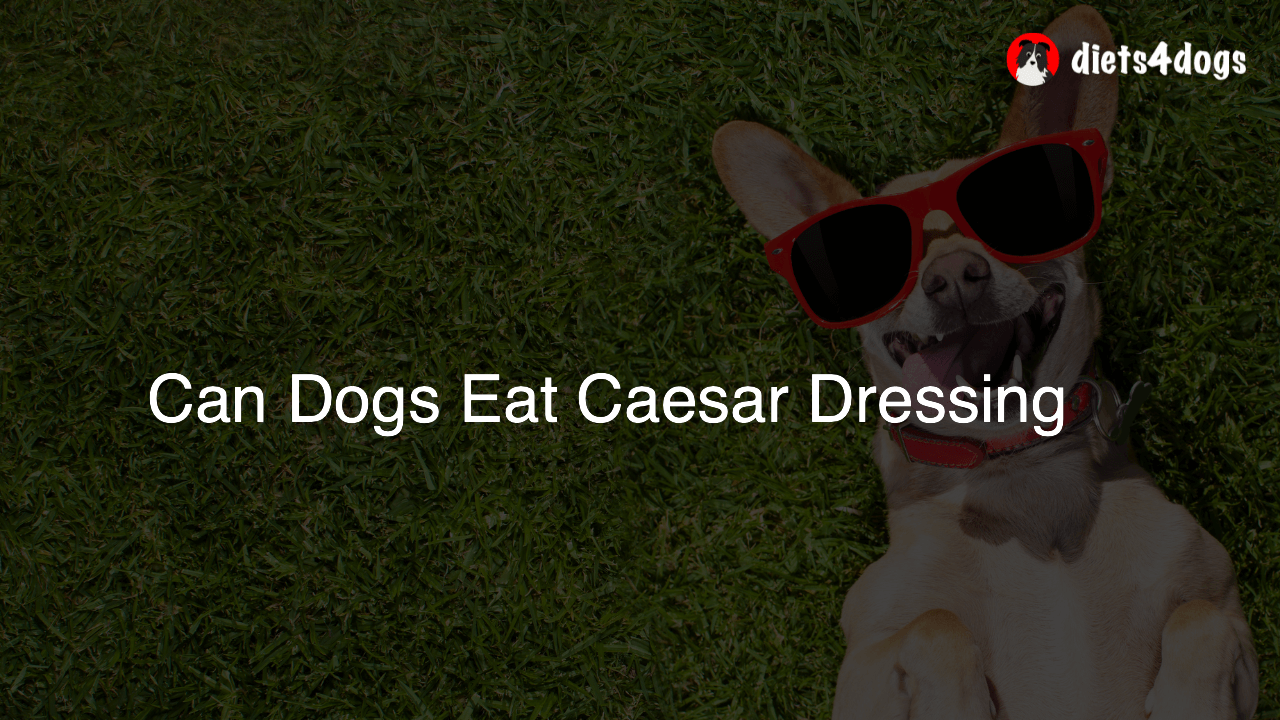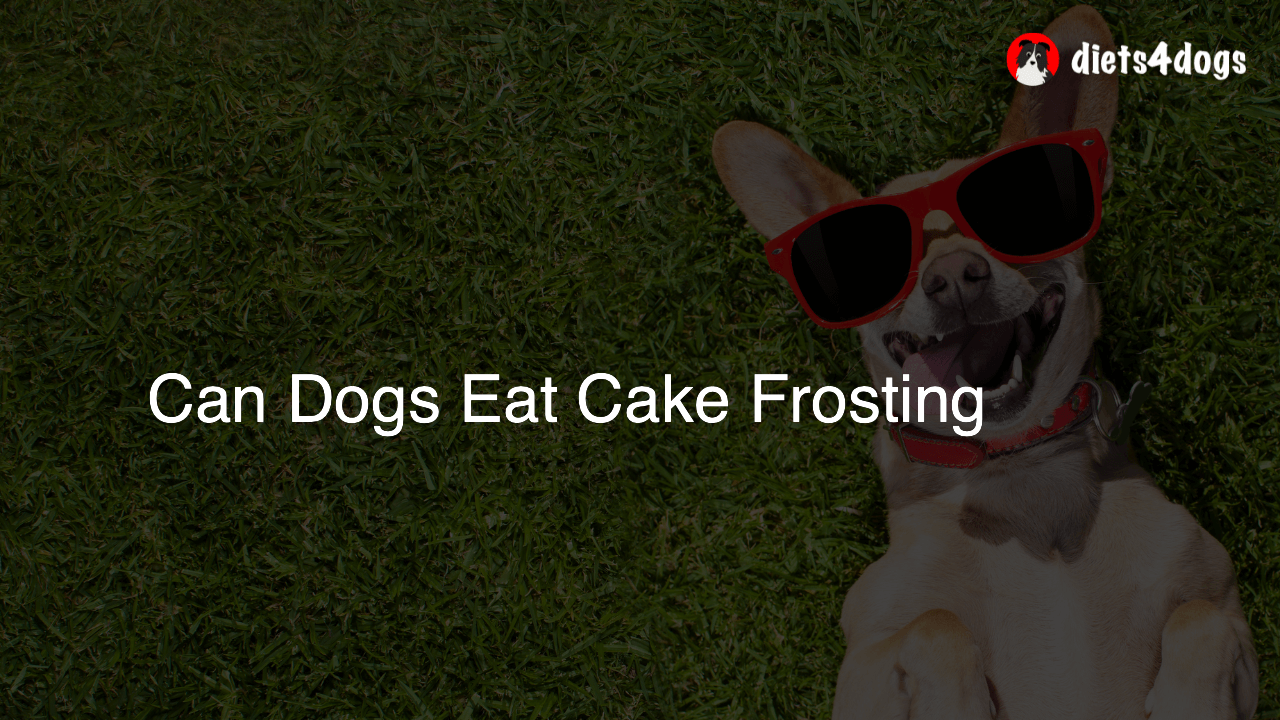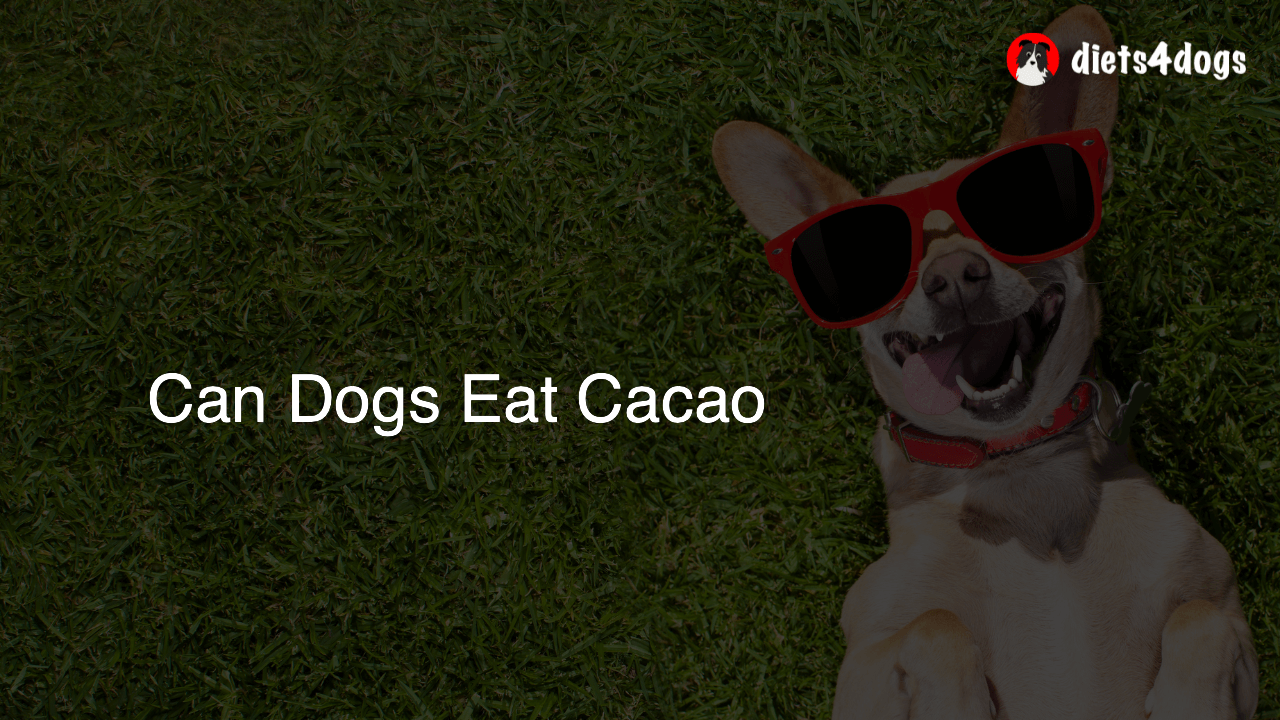Can Dogs Eat Cooked Lamb Bones Uk
It is not recommended for dogs to eat cooked lamb bones, regardless of the location. Cooked bones, including lamb bones, can splinter and break when chewed, posing a risk of injury or obstruction to your dog’s digestive tract. Raw bones are safer options for dogs, providing they have been handled and stored properly to avoid bacteria contamination. Always supervise your dog when giving them a bone and consult with your veterinarian for appropriate options.
Can Dogs Eat Cooked Lamb Bones Uk
As pet owners, it’s essential to know what is safe for your furry friend to eat, especially when it comes to bones. It may be tempting to offer your canine companion cooked lamb bones as a special treat, but is it really safe for them? In this article, we will discuss the risks of feeding cooked lamb bones to dogs in the UK and explore some safe alternatives for your pooch.
The Hazards of Cooked Lamb Bones
Feeding your dog cooked lamb bones can pose several health risks. When bones are cooked, they become more brittle and can splinter when gnawed on by your dog. These sharp bone fragments can cause serious injuries to your pet’s mouth, throat, or intestines, leading to potential obstructions or even life-threatening emergencies.
Choking Risks
Aside from the risk of splintering bones, larger cooked lamb bones can also present a choking hazard for your pooch. Smaller dogs, in particular, are at greater risk for choking on these bones since they may not be able to break them down efficiently. This choking hazard can lead to severe respiratory distress or even death, which is why it’s crucial to avoid giving any cooked bones to your dog.
Bacterial Contamination
Another concern when offering cooked lamb bones is the potential for bacterial contamination. Cooking kills most of the bacteria, but any harmful bacteria present on the bone before cooking could still be lurking on the cooked bone’s surface. To minimize the risk of bacterial contamination, be sure to handle and store raw bones properly before cooking them, clean your dog’s eating area regularly, and consult your vet on the safest bone-feeding practices.
Safer Ways to Treat Your Dog
With the dangers of feeding cooked lamb bones getting in the way of a tasty treat, consider these safer alternatives to keep your dog happy and healthy:
Raw Bones
As opposed to cooked bones, raw bones are generally safer for dogs to chew on. They are less brittle than cooked bones, which reduces the risk of splintering. However, raw bones also come with their own risks, such as the potential for bacterial contamination. Make sure to thoroughly research and consult your vet for the recommended type and size of raw bones for your dog, and follow proper storage and handling procedures to ensure your pet’s safety.
High-Quality Dog Food
A well-balanced, high-quality dog food will provide your canine companion with all the nutrients they need to stay healthy. By choosing a premium dog food that caters to your dog’s age, size, and dietary requirements, you can eliminate the need for other forms of supplementation, such as bones.
Dog-Friendly Chews
For dogs that enjoy gnawing on bones, consider offering some specially designed dog chews. These products are made from a range of materials, such as rubber, nylon, or natural fibers, and can help satisfy your dog’s natural desire to chew while reducing the risks associated with bone consumption. Many of these chews also promote good dental health by removing plaque and tartar buildup from your dog’s teeth, making them an excellent alternative to cooked lamb bones.
Signs Of Trouble After Consuming Cooked Lamb Bones
Should your dog accidentally consume cooked lamb bones, it’s crucial to monitor them closely for any signs of a potential issue. Symptoms of a problem can vary, and they may develop suddenly or gradually over time. Be on the lookout for the following signs:
- Sudden loss of appetite
- Vomiting or diarrhoea
- Abdominal pain or bloating
- Blood in the stool
- Difficulty swallowing, coughing, or gagging
- Pawing at the mouth or face
- Lethargy or restlessness
- Whining or signs of discomfort
If you notice any of these symptoms, contact your veterinarian immediately, as they indicate a possible blockage, injury, or infection that require prompt medical attention.
Dog-Safe Human Foods
Instead of resorting to cooked lamb bones, why not treat your dog to safer human foods that they can enjoy? The following is a list of dog-friendly human foods that can be given as occasional treats:
- Plain chicken, turkey, or lean beef, cooked with no seasonings or additives
- Carrots, cooked or raw, diced or whole depending on your dog’s size
- Green beans, cooked or raw
- Broccoli, cooked or raw, in small amounts
- Hard-boiled or scrambled eggs, without seasonings or additional ingredients
- Apple slices, without seeds or core
- Pumpkin or sweet potato, cooked and unseasoned
Keep in mind that these treats should only be given occasionally and in moderation. Always consult your veterinarian before introducing new foods into your dog’s diet, especially if your pet has any known allergies or health conditions.
Regular Dental Care for Dogs
One of the reasons pet owners consider giving their dogs bones is for dental health benefits. However, there are other ways to maintain your dog’s dental health without the risks associated with bones. Implement a dental care routine for your dog that includes the following:
- Brushing their teeth daily, or at least a few times a week, with a dog toothbrush and toothpaste specifically designed for pets
- Providing dental chews that are designed to reduce plaque and tartar buildup
- Having your veterinarian perform regular dental check-ups and professional cleanings if necessary
By following these recommendations, you can help ensure your dog’s dental health and overall well-being while avoiding the potential hazards that cooked lamb bones can pose.
FAQ Section on Dogs and Cooked Lamb Bones
Here are some frequently asked questions that pet owners may have about feeding dogs cooked lamb bones, along with brief, informative answers. Gain a deeper understanding of the risks, alternatives, and best practices related to dogs and bones consumption.
1. Why are cooked bones dangerous for dogs?
Cooked bones can splinter and break when chewed, creating sharp fragments. These fragments can lead to injuries in your dog’s mouth, throat, or intestines or cause blockages that require emergency medical attention.
2. Are raw bones safer than cooked bones?
Raw bones are generally safer for dogs because they are less likely to splinter. However, they still pose some risks, such as bacterial contamination. It’s important to handle and store raw bones properly and consult your veterinarian for guidance on offering raw bones to your dog.
3. Can I give my dog beef and pork bones instead of lamb bones?
It is not recommended to give your dog cooked beef or pork bones either, as they pose the same risks as cooked lamb bones. Raw bones may be given, but consult your veterinarian for the appropriate type and size for your dog.
4. Which human foods are safe for my dog to eat?
Some human foods that are safe for dogs include plain cooked meats like chicken, turkey, or lean beef, carrots, green beans, broccoli, cooked eggs, apple slices, and cooked pumpkin or sweet potato. However, these should be given occasionally and in moderation.
5. Can I give my dog cooked lamb meat without bones?
Yes, cooked lamb meat without the bone is safe for dogs to eat, as long as it has no added seasonings, oils, or other potentially harmful ingredients. Be sure to remove any excess fat and monitor your dog’s overall food intake to avoid weight gain issues.
6. How do I know if my dog has swallowed a bone fragment?
If your dog has swallowed a bone fragment, they may show signs like loss of appetite, vomiting, diarrhoea, abdominal pain, blood in stool, difficulty swallowing, or lethargy. If you notice any of these symptoms, contact your veterinarian immediately.
7. How can I promote my dog’s dental health without bones?
Regular toothbrushing with a toothbrush and toothpaste designed for dogs, providing dental chews, and scheduling routine dental check-ups with your veterinarian are effective ways to maintain your dog’s dental health without the need for bones.
8. Are lamb bones softer than other types of bones?
Lamb bones may be softer than beef or pork bones; however, this does not make them a safe option for dogs when cooked. Cooked lamb bones can still pose the same risks as cooked beef or pork bones, and it is advisable to avoid feeding them to your pet.
9. How can I safely introduce new human foods into my dog’s diet?
Always consult your veterinarian before introducing new foods into your dog’s diet. When offering new foods, start with small quantities and monitor your dog for any adverse reactions. Stop feeding the food if your dog experiences any issues and consult with your veterinarian for guidance.
10. Are there dog chews that mimic the texture and taste of bones?
Yes, there are specially designed dog chews made from various materials to satisfy your dog’s urge to chew while posing a minimal risk to their safety. Some dog chews have a similar texture and taste to bones but are specifically created to be safe and minimize the risk of splintering or choking.

